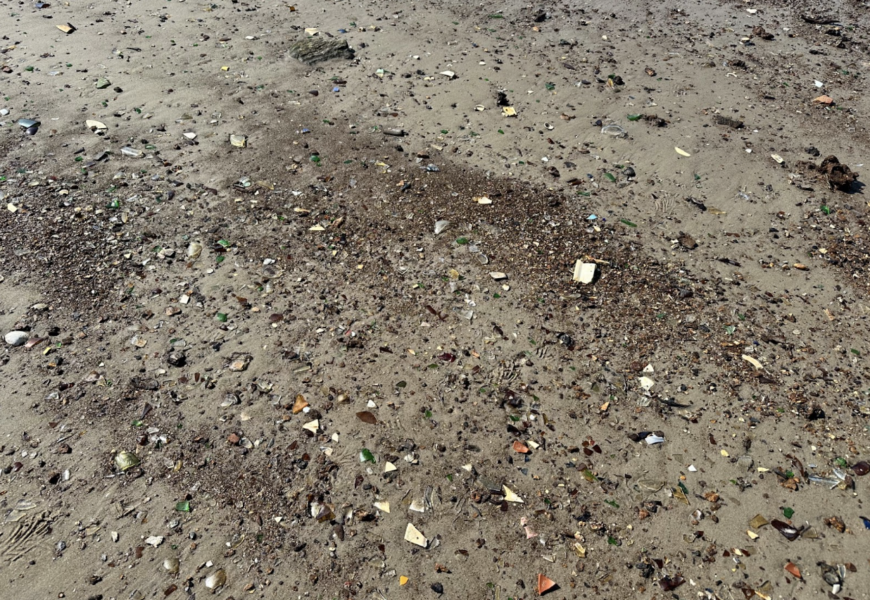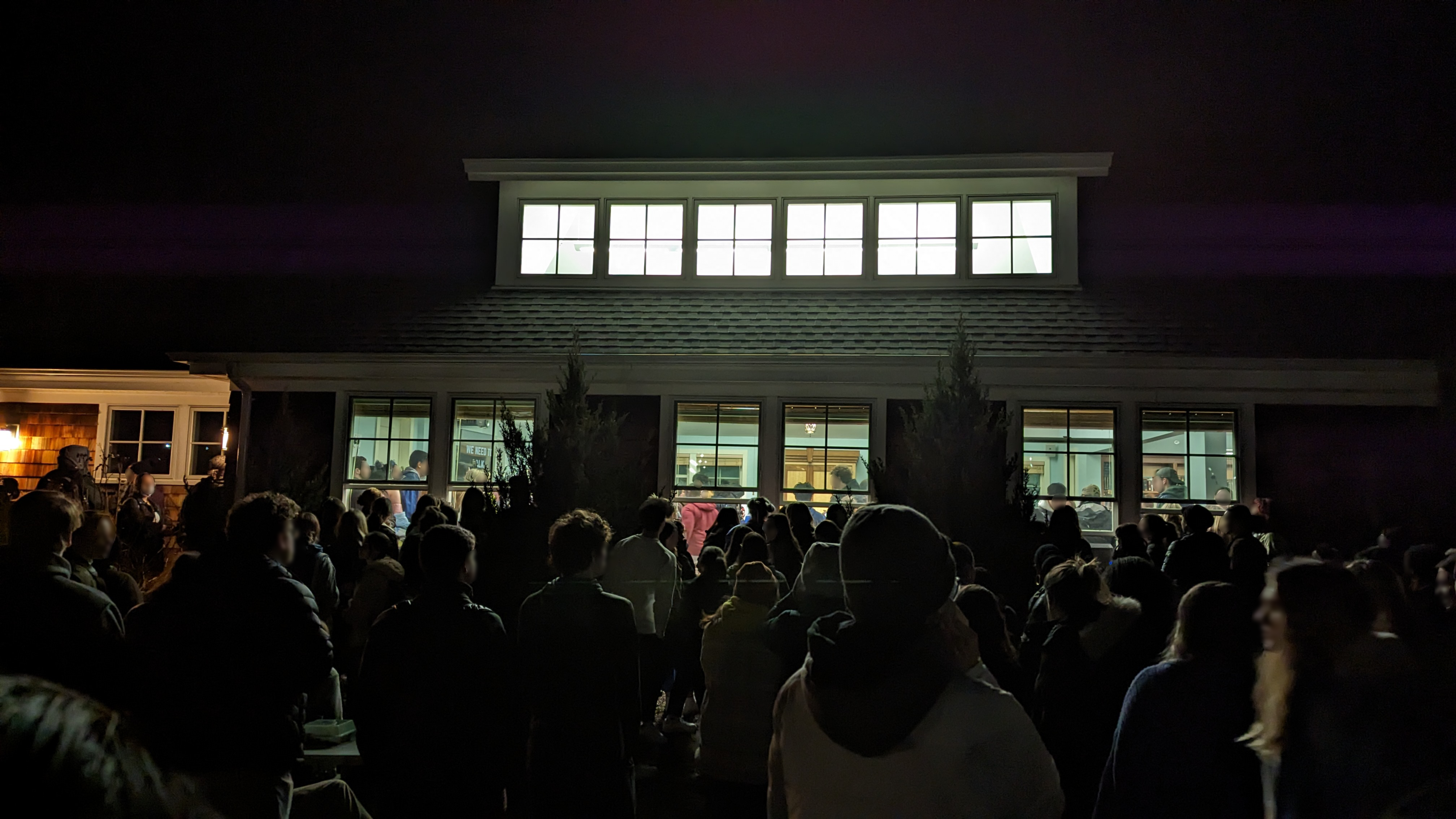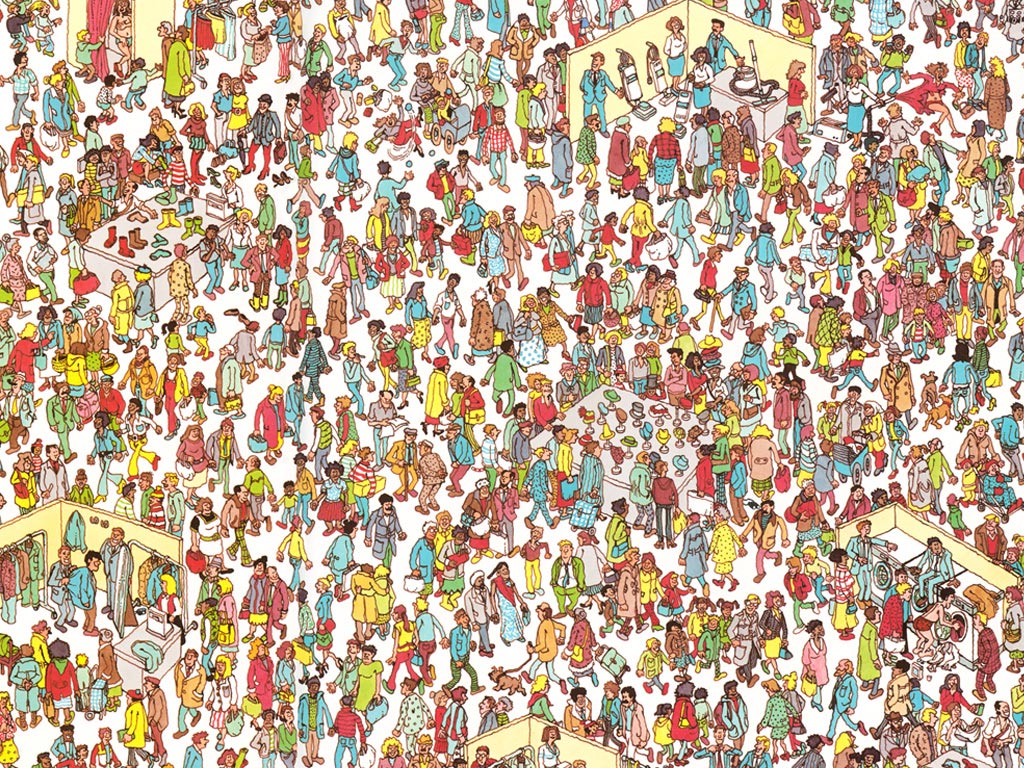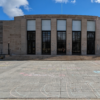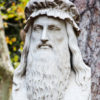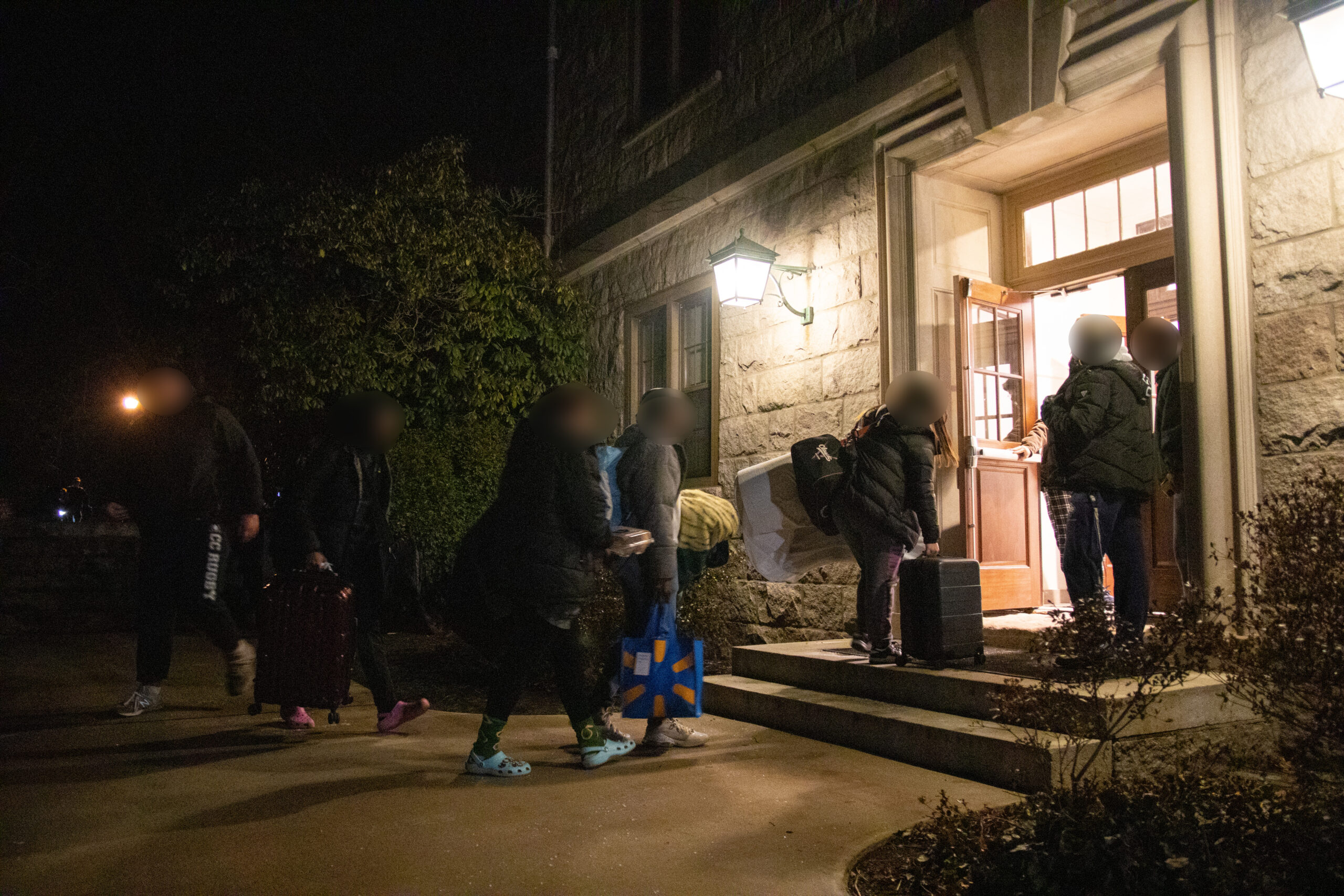Courtesy of Erica Smith
Spring break is a time where many students travel, relax, and spend time with friends and family. For the ten students enrolled in Discard(-ers)(-ing)(-ables), they spent the first week of their spring break digging through trash in Allentown, Pennsylvania.
Discard(-ers)(-ing)(-ables) is a fields-methods anthropology/archeology course being taught by Professor Anthony Graesch this semester at Conn. The course has become lovingly coined as “Trash Class” amongst the students enrolled. The course focuses on discard and the larger systems at play when understanding discard. Graesch has taught this course three other times during his fifteen years at Conn, but has only previously offered it as a TRIPs course during the spring of 2022.
Allentown, PA is home to one of three locations of Revolution Recovery, which is a waste management facility. Revolution Recovery works closely with Recycled Artists in Residency (RAIR), which was founded by Billy Dufala who is the current creative director of RAIR. Graesch has been working with Revolution Recovery and RAIR since 2017 to conduct research on “one final discard,” which has been a continual project that students from this course got to participate in as well.
Dufala visited the Allentown, PA location of Revolution Recovery in the weeks leading up to the research project to help find a load of discard for Graesch and his class. Revolution Recovery mainly sees construction and demolition waste, but they also get loads from home cleanouts, which is what Graesch is interested in. Graesch wants to examine a home cleanout as “one final discard,” or the last time someone will throw away their belongings. He hopes to create a suspension in the timeline of these objects moving from the home setting to the landfill. During this suspension, Graesch and his students cataloged all the items in the collection and pieced them together back into a household context.
Graesch and his team of ten students drove to Allentown, PA, stopping first at Dead Horse Bay in Brooklyn, NY. Dead Horse Bay is a landfill that was created in the late 1800s by mass discards of horses. Over time, a landmass formed and other trash and materials washed up on its shores. Students had learned about Dead Horse Bay during the first half of the Discard(-ers)(-ing)(-ables) course. Students found their own treasures hidden on the shoreline of Dead Horse Bay. Dennis Delaney ‘26 found a multitude of bones that he got to identify and Caroline Skrebutenas ‘25 found antique forks that she will use for her upcoming project.
From Dead Horse Bay Graesch and his students made it to Allentown where they spent five days sorting through and organizing the collection of discards that Dufala selected for them. What started as a pile of trash centered in an old Mac truck factory soon visualized itself as a home. Students sorted through over one hundred bags and boxes, or proveniences, as well as many miscellaneous/unprovenanced items.
Throughout the five days, these items regained their identity and context within the home. Students got to read documents such as cards and pictures and piece together a family tree of the person whose items these belonged to. As identities emerged, students felt connected to this person and conflicted with their position in this person’s life.
At the end of their work in Allentown, students were asked to take an item from the collection. Students found personal resonance with items such as clothing, books, gag gifts, and accessories. Ella Rudisill ‘25 took home a radio labeled “Pete’s Radio,” Gabby Wheeler ‘26 found a wax warmer that she has at home, and Graesch grabbed a 15th birthday Hot Wheels belt buckle.
The crew ventured further south on Sunday, March 16 to visit the Revolution Recovery center in Philadelphia, PA. The Philadelphia location is home to the RAIR headquarters and artist studio. Two Conn alumni, Liz Delise ‘13, and Moriah McKenna ‘17 joined the group in Philadelphia for the tour of RAIR. Students got to see the studio and the work of Guadalope Maravilla, who made gongs out of recycled materials to perform sound ceremonies that have healing qualities. The group did not get to meet Maravilla, but they watched as Dufala played one of the gongs.
It was impactful for students to see the power that discards hold. Not only does one’s trash tell a story, as seen by the work performed in Allentown, but the life of materials does not end when they are thrown away. Artists can reuse these materials for a project, or people can find these items and find new value in them.
Now that Graesch has run this project three times in Allentown, he hopes to expand it. Graesch is looking to collect around thirty of these house cleanout collections and record them within the span of a summer. Running this project on a larger scale will allow for more analysis and comparison to see if there are any similarities between the collections.
On the surface, a Spring Break spent sorting through trash does not seem so glamorous, yet the students still had a great trip to Allentown, PA. Their time was spent eating fantastic food, discovering the identity of the person behind their items, and carpool karaoke from the Hawk, a Pennsylvanian classic rock radio station. If you get the chance to, ask one of the ten lucky students who went on the trip about their experience. Conn offers many TRIPs courses every year and everyone has amazing stories to tell.

